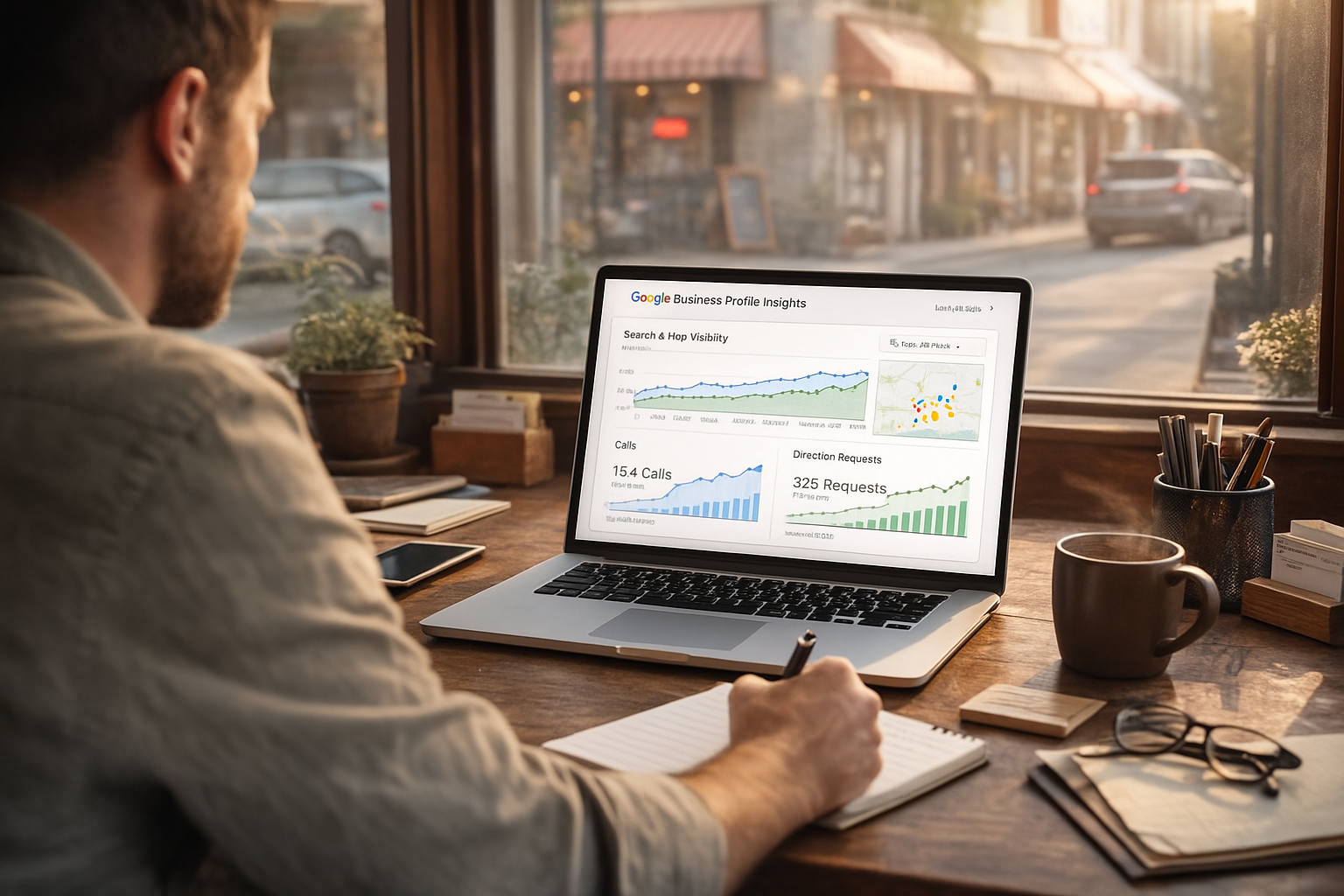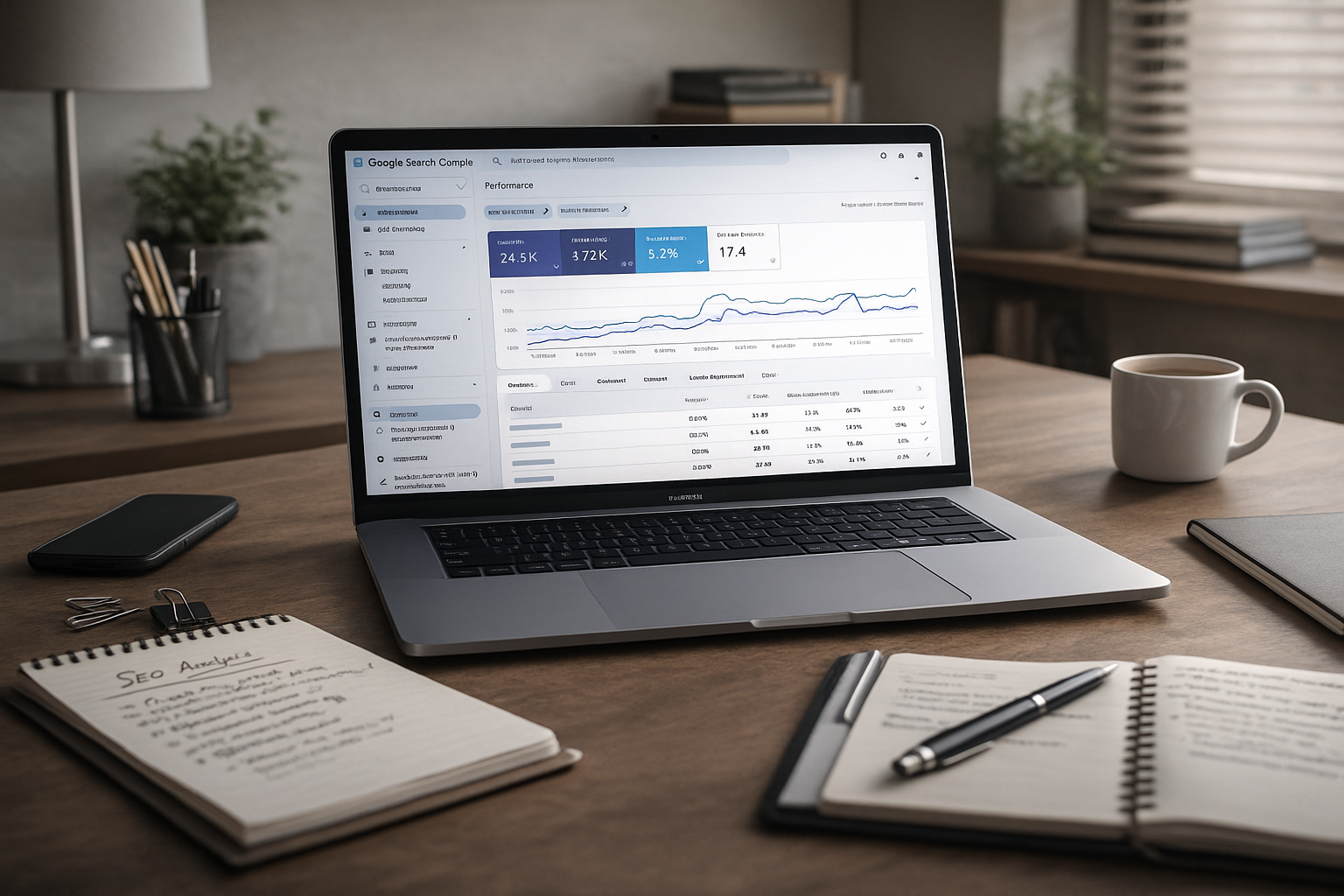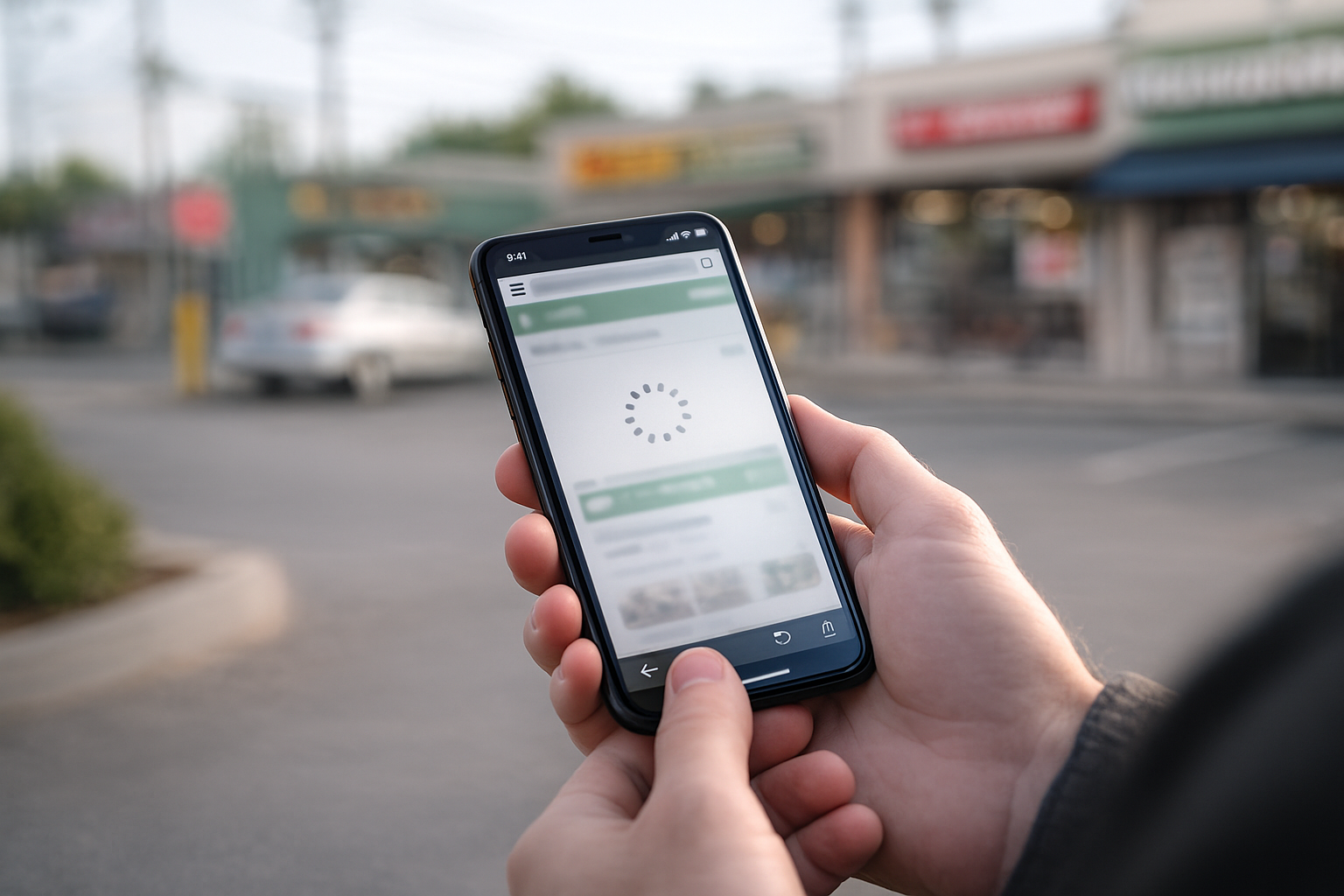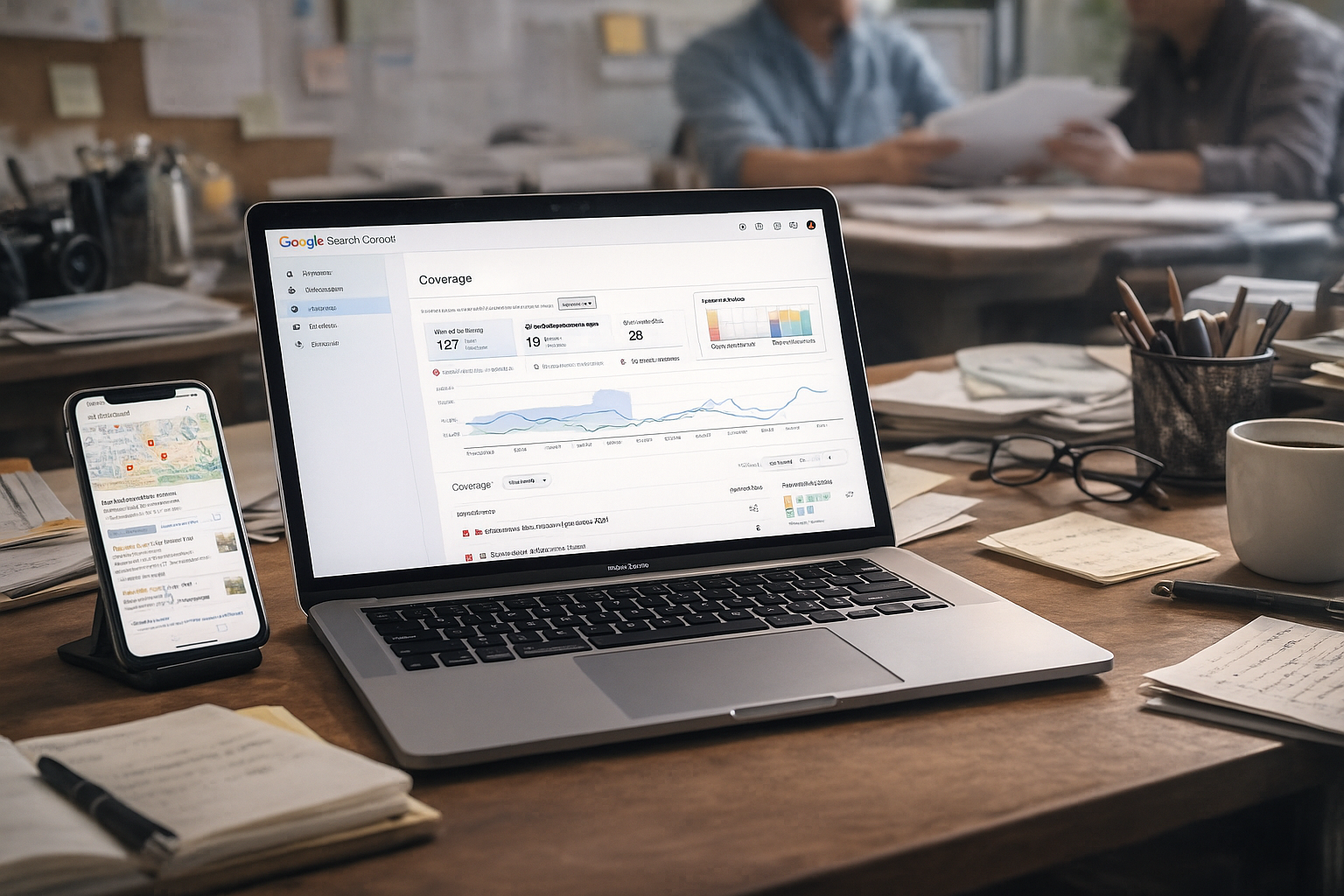What does “Google Guaranteed” mean?
In today’s digital world, trust is the currency of choice for local businesses. Appearing at the top of Google search results is no longer enough—businesses must prove their credibility to stand out in a crowded marketplace. Enter the “Google Guaranteed” program, a certification that not only helps qualified businesses rise above the competition, but also reassures customers that their choice is backed by one of the most trusted technology giants in the world. But what does “Google Guaranteed” actually mean? How does it work, and why is it so important for both businesses and consumers? This comprehensive guide will answer all your questions and more.
The Basics: What Is “Google Guaranteed”?
“Google Guaranteed” is a certification program provided by Google for local service businesses. When a company passes a thorough screening and verification process, Google grants the business a special badge—usually displayed as a green checkmark—on their Local Services Ads and Google Business Profile. This badge tells potential customers that Google has vetted the business’s credentials and that Google stands behind the quality of service provided; if unsatisfied, customers may be eligible for up to $2,000 in reimbursement (lifetime per customer), subject to specific terms and conditions.
The program is designed to combat fraudulent listings, fake reviews, and unreliable services that harm both customers and the reputation of Google’s platforms. By awarding the Google Guaranteed badge, Google ensures that only trustworthy, verified, and high-quality businesses appear at the very top of relevant searches, giving small businesses a fair chance to compete with industry giants.
How the Google Guaranteed Program Works
Businesses interested in obtaining the “Google Guaranteed” badge must enroll in Google’s Local Services Ads (LSA) platform, which is where the badge is typically displayed. After submitting their application, businesses undergo a multi-step vetting process that includes:
- Background checks (on business owners and, in some cases, employees).
- License and insurance verification.
- Identity verification and business ownership confirmation.
- Sometimes, checks on historical customer satisfaction or complaint records.
Once approved, the badge is affixed to their Local Services Ads, and their business may be featured at the top of Google search results when users search for local services in their area. The badge often appears next to the business name, contact information, ratings, and a call button, making the listing more prominent and attractive to potential customers.
It’s important to note: only services purchased or booked through LSAs are covered by the Google Guarantee. Customers dissatisfied with a service must file a claim with Google, who will first work with the business to resolve the issue directly. If no resolution is reached, Google may refund the customer the cost of the original service, subject to the guarantee’s terms.
What Is Covered: The Scope and Limits of Google’s Guarantee
The Google Guarantee primarily covers the cost of services rendered by a Google Guaranteed provider, up to a limit of $2,000 (or local equivalent), if the customer is unsatisfied with the results. Not all complaints are eligible; the program typically excludes issues like price disagreements, scheduling mishaps, or disputes unrelated to the quality of the service. Customers have 30 days from the completion of a service to file a claim.
To receive reimbursement, customers must have booked the service through a Google Local Services Ad and have a documented service receipt. Google investigates each claim and seeks to mediate a resolution between the customer and business, providing reimbursement only if the claim is valid and within program constraints.
Who Is Eligible: Industries and Business Types
The “Google Guaranteed” program is available to a wide range of local service providers, but not every business or industry qualifies. Eligible industries often include:
- Plumbing, HVAC, and electrical services.
- Appliance repair and installation.
- Landscaping and lawn care.
- Pest control.
- House cleaning.
- Locksmith services.
- Handyman and contractor services.
- Financial and event planning (in some regions).
- Pet care, tutoring, and other select professional or home services.
Eligibility criteria can vary by country and region, and Google periodically updates its list of eligible service categories. Most importantly, companies must be able to provide valid business licenses and insurance documentation, and owners must pass guideline-compliant background checks. Businesses offering only products (not local services) or digital-only brands are generally not eligible for “Google Guaranteed” status.
The Step-By-Step Process to Become Google Guaranteed
Securing a Google Guaranteed badge is a structured, step-driven process:
- Sign Up for Google Local Services Ads: Start by enrolling in Google’s LSA program, indicating your business category, location, and offered services.
- Submit Business Information: You’ll need to provide proof of business licensing, insurance details, and contact information for ownership verification.
- Complete Background Checks: Google partners with verification agencies to run background checks on business owners and, in some cases, all staff who enter customers’ homes.
- Meet Industry and Geographic Requirements: Ensure your business fits within the eligible service categories in your operational location.
- Pass the Screening: Only after all documentation is verified and checks completed will your business receive the badge.
This process can take several days to several weeks, depending on your readiness and responsiveness with necessary paperwork. Once approved, Google’s systems update your LSA and business profiles, and the badge appears across eligible platforms.
Benefits to Businesses: Boosted Trust, Visibility, and Conversion Rates
Being Google Guaranteed offers powerful advantages for local service providers:
- Instant Trust: The green badge signals that Google has verified your legitimacy, differentiating you from unreliable competitors.
- Increased Visibility: Businesses with the badge often appear at the very top of Google search results, above organic links and regular pay-per-click ads.
- Higher Conversion Rates: Consumers are more likely to trust and contact businesses backed by the Google Guarantee, leading to more leads and higher sales conversions.
- Competitive Edge: In crowded industries, having the badge can mean the difference between getting a call or being overlooked, especially if your standard differentiators—like ratings and reviews—are on par with competitors.
Google also uses a pay-per-lead pricing model for LSAs, so businesses get more value by only paying when a potential customer actually contacts them, rather than paying for every ad impression or click.
Consumer Perspective: Why Customers Care About Google Guaranteed
From a customer’s point of view, choosing a Google Guaranteed business is about peace of mind. For many, inviting a service provider into their home can feel risky—especially when scams and fraudulent listings abound.
The Google Guarantee provides:
- Confidence in Quality: Customers know the business has met Google’s vetting standards for insurance, licensing, and reputation.
- Financial Protection: If the service isn’t up to par and cannot be resolved, Google may refund their money, reducing the perceived risk of booking a new provider.
- Clear and Prompt Recourse: Customers understand they can quickly and easily escalate unresolved issues to Google within 30 days of service.
This assurance has driven higher engagement rates and more bookings for Google Guaranteed businesses, as consumers are naturally drawn to companies endorsed by one of the world’s most recognized technology brands.
Impact on Digital Marketing Strategy
Securing a Google Guaranteed badge can have a profound-effect on your digital marketing:
- Stronger Click-Through Rates: Ads with badges receive higher engagement as users trust Google-vetted businesses more readily.
- Better Lead Quality: Because ads are shown only to users actively seeking your services in your geographic area, you get more qualified leads.
- Enhanced Local SEO: Listings with the badge often rank at the very top, resulting in more website traffic and higher conversion rates, supplementing your existing SEO efforts.
For marketing agencies and digital specialists—like GetPhound—offering Google Guaranteed qualification as part of a comprehensive local SEO or paid ad solution package provides immense value and builds enrollment into organic, paid, and AI-driven visibility services.
Potential Drawbacks and Ongoing Maintenance
While the benefits are substantial, the Google Guaranteed program does require ongoing effort and vigilance:
- Continuous Compliance: Licenses, insurance, and business information must be kept current, and businesses must respond quickly to requests for updated documentation.
- Cost Considerations: While pay-per-lead can be less wasteful than pay-per-click, lead costs for highly competitive industries may still be significant.
- Customer Disputes: Some businesses worry about opportunistic claims or misunderstandings, though Google mediates all claims for fairness.
Staying on top of compliance, delivering consistent quality services, and maintaining good communication with clients will help businesses retain their badge and reap its long-term rewards.
Is Google Guaranteed Worth It for Your Business?
For local service providers, the “Google Guaranteed” badge is more than just a digital gold star. It’s a tangible demonstration of trust, diligence, and credibility in an online world crowded with choices. The rigorous vetting process, top-tier search placement, and satisfaction-backed guarantee combine to deliver higher quality leads, better conversion rates, and a powerful competitive edge. Partnering with an experienced digital marketing team like GetPhound can help streamline the process, ensure compliance, and maximize the visibility and lead-generation benefits of the badge.
For consumers, the badge brings peace of mind: a promise that Google has their back when hiring someone new. For businesses, it’s a unique chance to showcase legitimacy and reliability while leveraging Google’s substantial brand authority.
In an era where online reputation means everything, earning and maintaining the Google Guaranteed badge should be a key part of any local service business’s marketing strategy. If building trust and maximizing leads is your goal, and your business meets the program standards, seizing the opportunity to become Google Guaranteed is an investment in long-term digital success.












